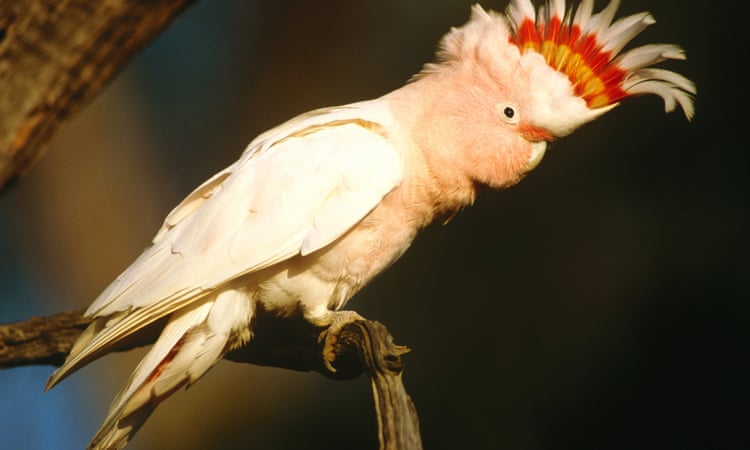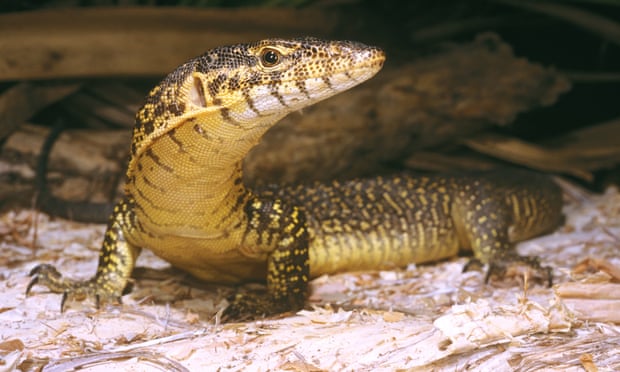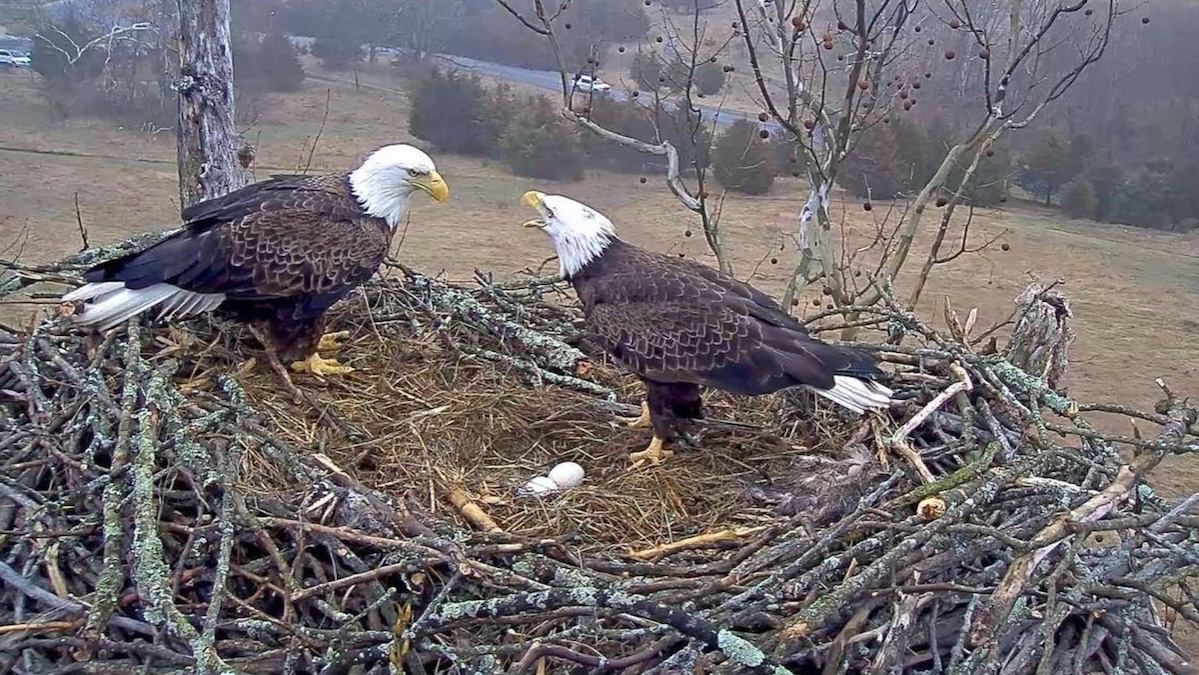More plants, animals and habitats were added to the national list of threatened wildlife in 2023 than in any year since the list was established, according to analysis by the Australian Conservation Foundation.
A total of 144 animals, plants and ecological communities were added to the list, five times more than the yearly average and double the previous record year (2009).
Among the species listed for the first time were the pink cockatoo, listed as endangered, the northern blue-tongued skink (critically endangered) and the Jardine River turtle (critically endangered).
The high number of new entries reflects efforts by the government to work through a backlog of species assessments. Many of the plants and animals added to the list were affected by the 2019-20 black summer bushfires.
“The fact species are being listed as threatened is not the problem,” said an ACF nature campaigner, Peta Bulling. “Scientists nominated many of these species for listing years ago, so 2023’s high number shows the Environment Minister (Tanya Plibersek) and her department are clearing the backlog and making the list better reflect reality.
“The problem is the factors driving species onto the endangered list are not being stopped. In the last 12 months, 10,426 hectares [25,800 acres] of habitat destruction was approved under Australia’s national nature laws – the equivalent to clearing the size of the MCG 5,000 times over.”
Bulling added that the amount of clearing approved was likely a fraction of the total habitat actually cleared because land clearing in Australia often happens without being assessed under environmental laws. She said forthcoming reforms of the Environment Protection and Biodiversity Conservation Act would need to address habitat destruction that was pushing native wildlife towards extinction.
Kirsty Howey, executive director of the Environment Centre of the Northern Territory, said unregulated clearing in the territory threatened habitat for species such as the Gouldian finch and northern brush-tail possum.
“A litany of loopholes and a lack of enforcement has meant that no pastoral land clearing application in the NT has ever been referred, much less assessed, under federal environmental law,” she said.
“If reforms to the EPBC Act do not address the problem of rampant unregulated land clearing, then they will utterly fail Australia’s nature.”
Consultation commenced last year with key stakeholder groups and experts about planned reforms of Australia’s national environmental laws.
Draft legislation is expected to be introduced to parliament some time this year.
Since the Albanese government was elected, Plibersek has made listing decisions on 223 threatened species and eight ecological communities. Of these 130 were bushfire-affected species and eight were bushfire-affected ecosystems.
This article by Lisa Cox was first published by The Guardian on 21 January 2024. Lead Image: The pink cockatoo was included in the national list of threatened wildlife in 2023 as an endangered species. Photograph: Auscape/Universal Images Group/Getty Images.
What you can do
Help to save wildlife by donating as little as $1 – It only takes a minute.







Leave a Reply